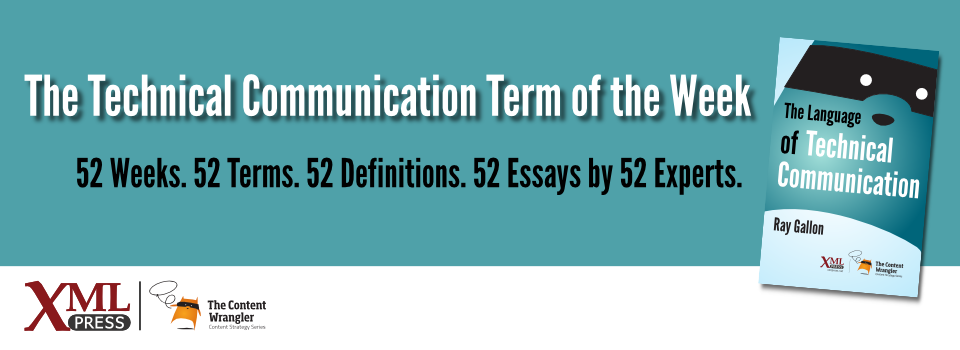What is it?
A set of organized, easily-navigated, and concise terms and phrases linked to locations in content, giving users fast access.
Why is it important?
Indexes link concepts and coordinates with metadata, providing users with a bottom-up tool for navigating content, crossing author-created boundaries such as chapters or topics, and democratizing all concepts for easy retrieval.
Why does a technical communicator need to know this?
Without access, content is unusable. Accessible content provides a variety of navigation tools, reflecting the many ways users search for information. Search and tables of contents are the most widely used navigational tools, but indexes support capabilities that make them equally important. These capabilities include visibility, scan-ability, support for alternative terms, and cross references to related terms. Indexes allow users to browse through subtopics, alternate phrasing hints, and content structure. They support a wide variety of readers, including new readers, readers who are unsure whether their topic is covered, readers who are returning for known topics, and readers who are unsure what terms to use.
You can think of indexing as a double-headed fork with tines on both ends. The left side of the fork represents alternate terms (tines), which lead to the concept’s best terminology. The fork’s handle links that term to the right-hand tines, which represent result locations in the content. Left tines become the terms in your index. They are often organized from A–Z, but they can be sorted chronologically, geographically, symbolically, or with imagery. Right tines (locators) become the coordinates that point to results, which may reside in print, digital formats, audio, video, or 3D space.
To create user-friendly structures, indexers gather audience information and survey the content. They predict most-likely searches and write headings, pulling important concepts into the alphabetized stream. Names, synonyms, and labels are disambiguated. Expert or beginner terminology can be emphasized. Competitor terms, slang, acronyms, and topic breakdowns provide browseable clues. Indexers then create index metadata, which can be embedded as codes in content or maintained in separate, standalone files with location links.
Index data is used to display merged indexes, ranges, or micro-indexes – also known as metadata subsets. Index data can also be used to boost search results.
Indexing provides users with a browseable method for researching questions, links content in an easy-to-understand navigation scheme, and tags content at a micro-level with metadata that can be coordinated with tables of contents, menus, taxonomies, folksonomies, or search engines.


Pingback: Useful links for digital communicators (Jan 2018) - Firehead